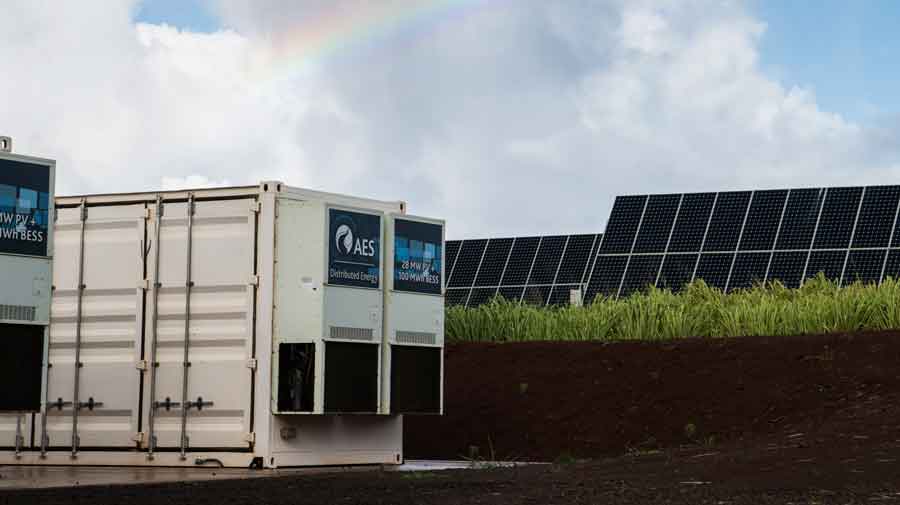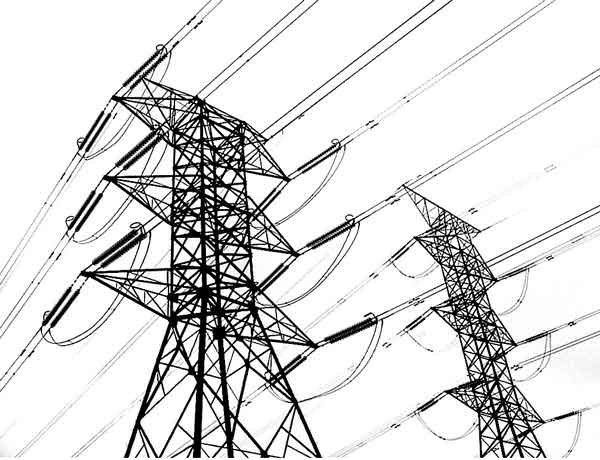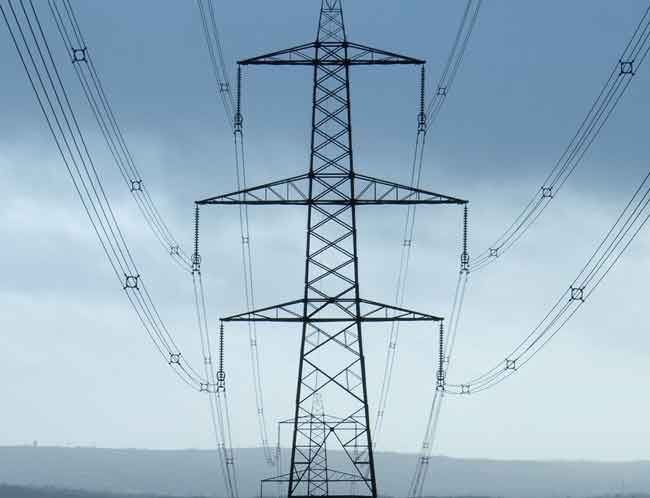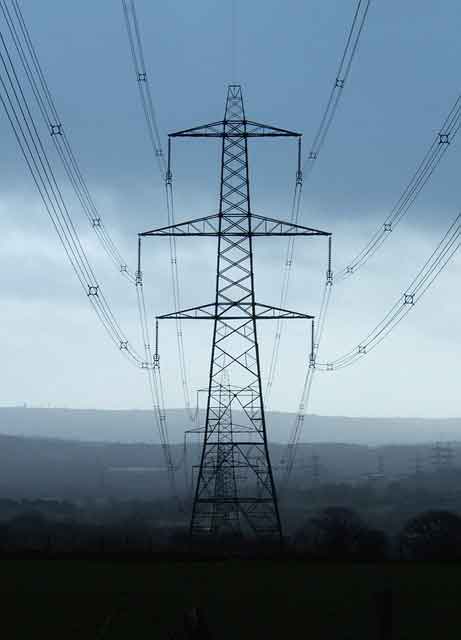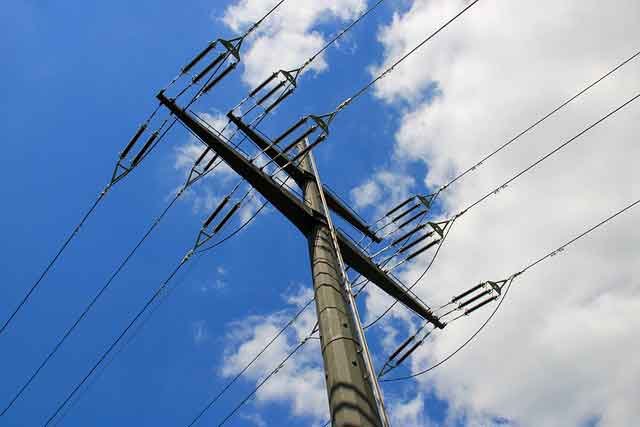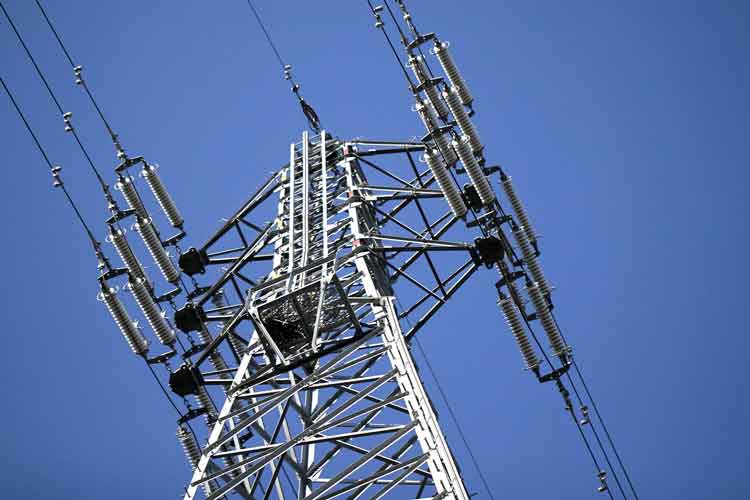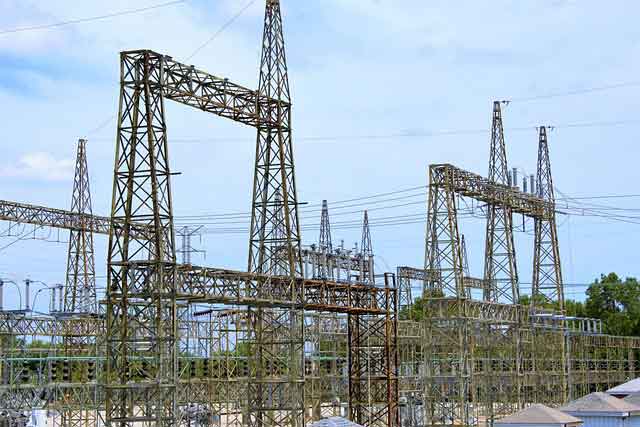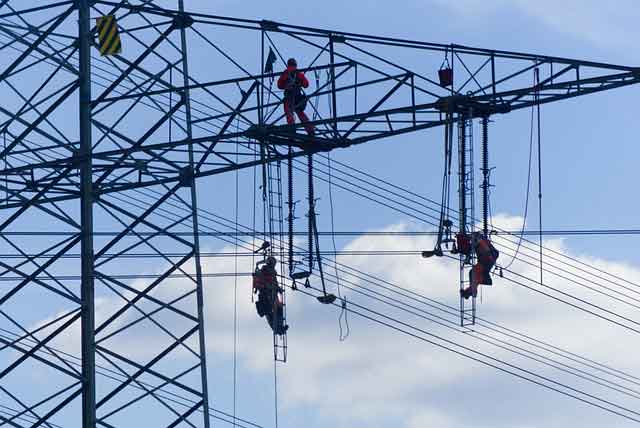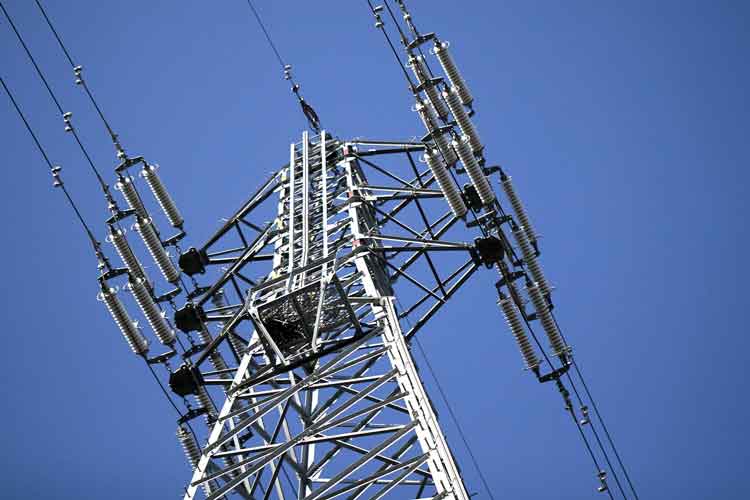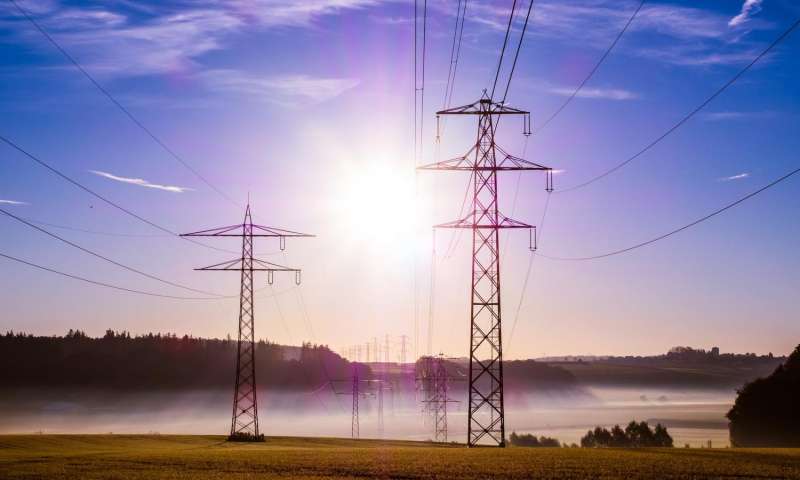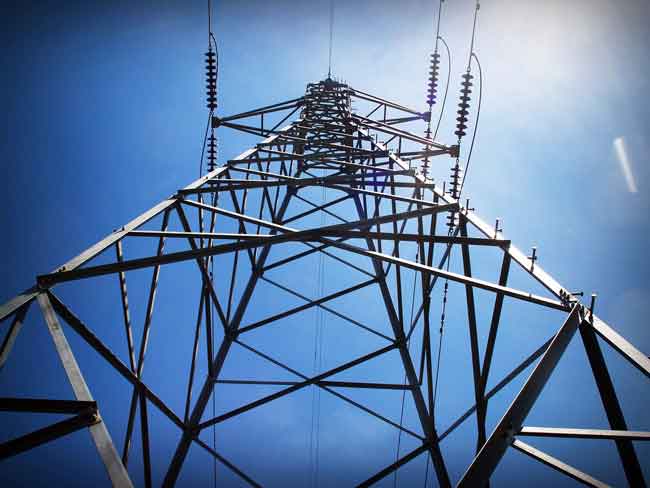
Russia and Ukraine Accuse Each Other of Violating Energy Ceasefire
MOSCOW - Russia and Ukraine have traded fresh accusations regarding violations of a fragile energy ceasefire, brokered by the United States, which both sides had agreed to last month. These new allegations highlight the ongoing tensions between the two nations and the challenges involved in implementing a truce, especially in such a complex and volatile conflict.
The U.S.-brokered ceasefire had initially aimed to reduce the intensity of the fighting, specifically in the energy sector, where both sides had previously targeted each other’s infrastructure. Despite this agreement, the accusations on Wednesday suggest that both Russia and Ukraine have continued their attacks…
Latest Electrical News - CANADA
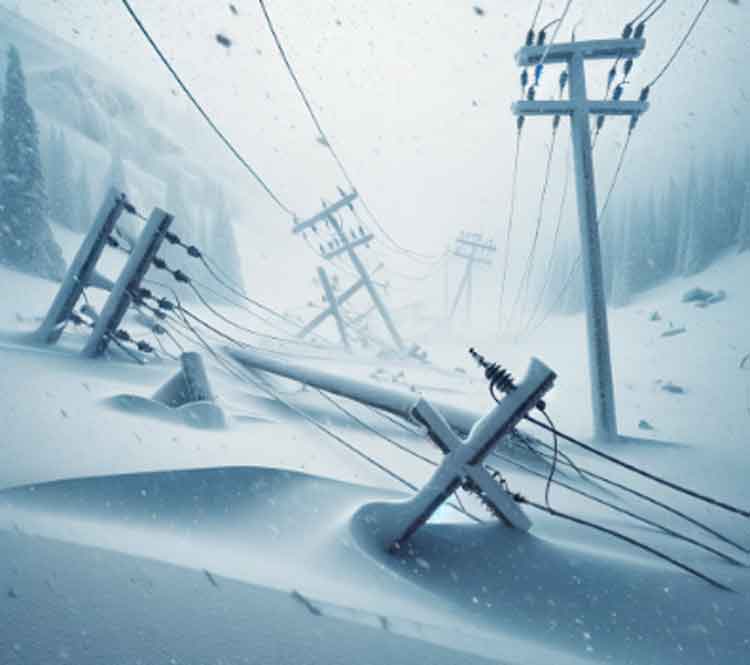
Freezing Rain Causes Widespread Power Outages in Quebec
MONTREAL - A significant weather event struck Quebec in late March 2025, as a powerful ice storm caused widespread disruptions across the province. The storm led to extensive power outages, affecting tens of thousands of residents, particularly in the Lanaudière and Laurentians regions.
Impact on Power Infrastructure
The freezing rain accumulated on power lines and vegetation, leading to numerous outages. Hydro-Québec reported that at its peak, over 62,000 customers were without electricity, with the majority of outages concentrated in the Laurentians and Lanaudière regions. By the afternoon, the number decreased to approximately 30,000, and further to just under 18,500…
LIVE ONLINE ELECTRICAL TRAINING SCHEDULE
- Power Quality Analysis Training
- Lockout Tagout Training
- CE Code Calculations: Practical Applications and Advanced Techniques
- Power Factor Training
- High Voltage Safety Training
- NFPA 70e Training
- Combined NFPA 70e LV Arc Flash And HV Electrical Safety
- Combined Power Quality Analysis And Power Factor Training
- Grounding and Bonding Training And The CE Code
- UPS and Battery System Design, Testing and Maintenance Training
- Medium Voltage Cable Testing Training
- Arc Flash Training - CSA Z462 Electrical Safety
- Protective Relay Training - Basic
- High Voltage Safety Training
- Grounding and Bonding and The NEC - Section 250
- NFPA 70b Training - Electrical Maintenance
- Solar PV System Design
- Fire Alarm Training
- NFPA 70e Training
- Combined CSA Z462 LV & HV Electrical Safety Training
- Arc Flash Training - CSA Z462 Electrical Safety
Latest Electrical News - USA

Omnidian Acquires Australia's Solar Service Guys to Expand Global Reach
SEATTLE - In a strategic move aimed at boosting its presence in the global renewable energy market, Seattle-based Omnidian has announced the acquisition of Australia's Solar Service Guys. This acquisition marks a significant step in Omnidian's expansion into Australia, one of the world’s leading solar markets, and is expected to reshape the landscape of solar panel services both in the U.S. and abroad.
Founded in 2018, Omnidian is a rapidly growing startup that specializes in managing the performance of solar power systems, ensuring they continue to operate efficiently and effectively. The company provides maintenance services for both residential and commercial…
Latest Electrical News - WORLD
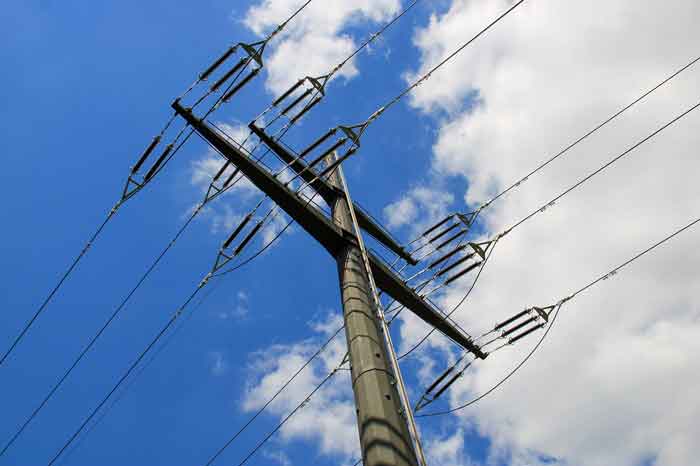
Trump's Proposal on Ukraine's Nuclear Plants Sparks Controversy
KYIV - In the midst of the ongoing conflict between Russia and Ukraine, U.S. President Donald Trump has proposed a controversial idea: Ukraine should give its nuclear power plants to the United States for safekeeping and management. This suggestion came during a phone call with Ukrainian President Volodymyr Zelenskyy, wherein Trump expressed the belief that American ownership of these nuclear plants could offer them the best protection amid the ongoing war. But Kyiv, while open to foreign support, has firmly rejected the idea of transferring ownership, especially as the Zaporizhzhia nuclear plant remains under Russian occupation.
Ukraine’s nuclear energy infrastructure…

